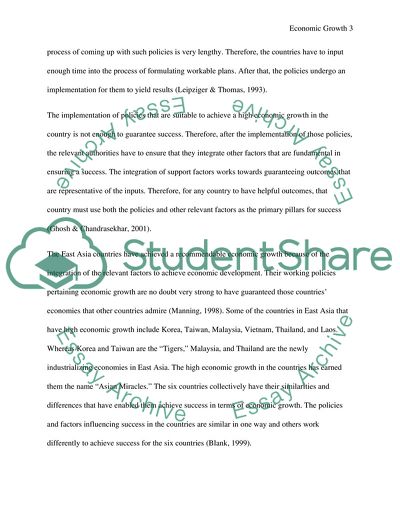Cite this document
(THE GLOBAL ECONOMIC Essay Example | Topics and Well Written Essays - 3000 words, n.d.)
THE GLOBAL ECONOMIC Essay Example | Topics and Well Written Essays - 3000 words. https://studentshare.org/macro-microeconomics/1836256-the-global-economic
THE GLOBAL ECONOMIC Essay Example | Topics and Well Written Essays - 3000 words. https://studentshare.org/macro-microeconomics/1836256-the-global-economic
(THE GLOBAL ECONOMIC Essay Example | Topics and Well Written Essays - 3000 Words)
THE GLOBAL ECONOMIC Essay Example | Topics and Well Written Essays - 3000 Words. https://studentshare.org/macro-microeconomics/1836256-the-global-economic.
THE GLOBAL ECONOMIC Essay Example | Topics and Well Written Essays - 3000 Words. https://studentshare.org/macro-microeconomics/1836256-the-global-economic.
“THE GLOBAL ECONOMIC Essay Example | Topics and Well Written Essays - 3000 Words”. https://studentshare.org/macro-microeconomics/1836256-the-global-economic.


